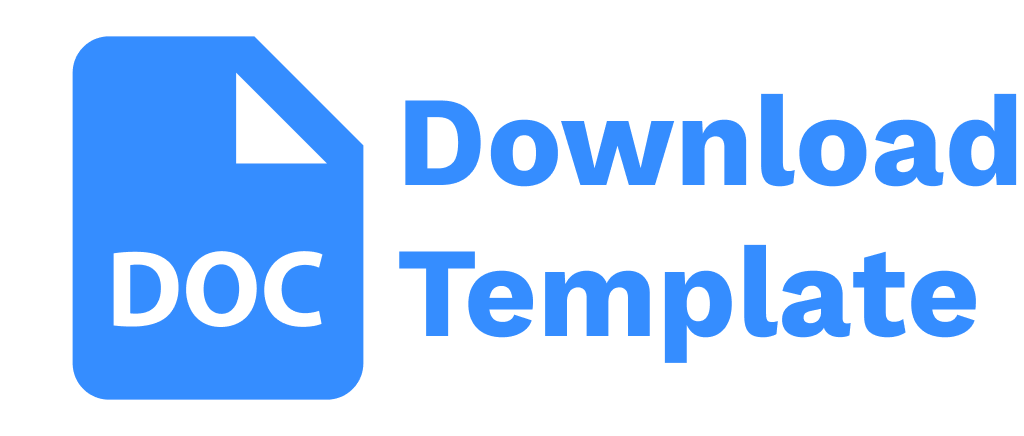The Integration of Problematic Teaching Method and Innovation in Education
Integrasi Metode Pengajaran Bermasalah dan Inovasi dalam Pendidikan
DOI:
https://doi.org/10.21070/madrosatuna.v2i2.1968Keywords:
education, problematic teaching, pedagogical technologies, interactive methods, pre-school educationAbstract
This article analyzes the content of the educational content linking the problematic teaching methodology with information and pedagogical technologies, interactive teaching methods in the teaching of future teachers and coaches in order to implement the pre-school education reform and the requirements of this sector. It also focuses on creating a psychological environment that is related to achieve designing the learning processes.
References
Decree of the President of the Republic of Uzbekistan "On Measures for Further Improvement of the System of School Education for 2017-2021" No-2707. Sh.Mirziyoev // Tashkent, December 29, 2016
Blank, S. (2013). Why the Lean Start Up Changes Everything. Harvard Business Review, 91(5), 64. https://doi.org/10.1109/Agile.2012.18
Carter, N. M., Gartner, W. B., & Reynolds, P. D. (1996). Exploring start-up event sequences. Journal of Business Venturing, 11(3), 151–166. https://doi.org/10.1016/0883-9026(95)00129-8
Cohen, E. (1979). Rethinking the sociology of tourism. Annals of Tourism Research, 6(1), 18–35. https://doi.org/10.1016/0160-7383(79)90092-6
Frehywot, S., Vovides, Y., … Z. T.-H., & 2013, undefined. (n.d.). E-learning in medical education in resource constrained low-and middle-income countries. Human-Resources-Health …. Retrieved from https://human-resources-health.biomedcentral.com/articles/10.1186/1478-4491-11-4
Hamidov, A., Thiel, A., & Zikos, D. (2015). Institutional design in transformation: A comparative study of local irrigation governance in Uzbekistan. Environmental Science and Policy, 53, 175–191. https://doi.org/10.1016/j.envsci.2015.06.012
Hong, Y., Park, C., Surender, Reddy, & Jurn. (2001). American Journal of Business. American Journal of Business Industrial Management & Data Systems Iss The International Journal of Logistics Management, 16(1), 11–20. Retrieved from https://doi.org/10.1108/19355181200100008
Hornidge, A. K., Oberkircher, L., Tischbein, B., Schorcht, G., Bhaduri, A., & Manschadi, A. M. (2011). Reconceptualizing water management in Khorezm, Uzbekistan. Natural Resources Forum, 35(4), 251–268. https://doi.org/10.1111/j.1477-8947.2011.01391.x
Kalpakjian, S., & Schmid, S. (2014). Manufacturing engineering and technology. Retrieved from https://www.researchgate.net/profile/Vijay_Sekar2/publication/262156319_Manufacturing_Engineering_and_Technology/links/00b49536c9c352428b000000.pdf
Kuvnakov, A. E., & Kasimov, S. S. (2010). Development internet resources in Uzbekistan: Empirical investigation. In 4th International Conference on Application of Information and Communication Technologies, AICT2010. https://doi.org/10.1109/ICAICT.2010.5612068
Redfoot, D. L. (1984). Touristic authenticity, touristic angst, and modern reality. Qualitative Sociology, 7(4), 291–309. https://doi.org/10.1007/BF00987097







